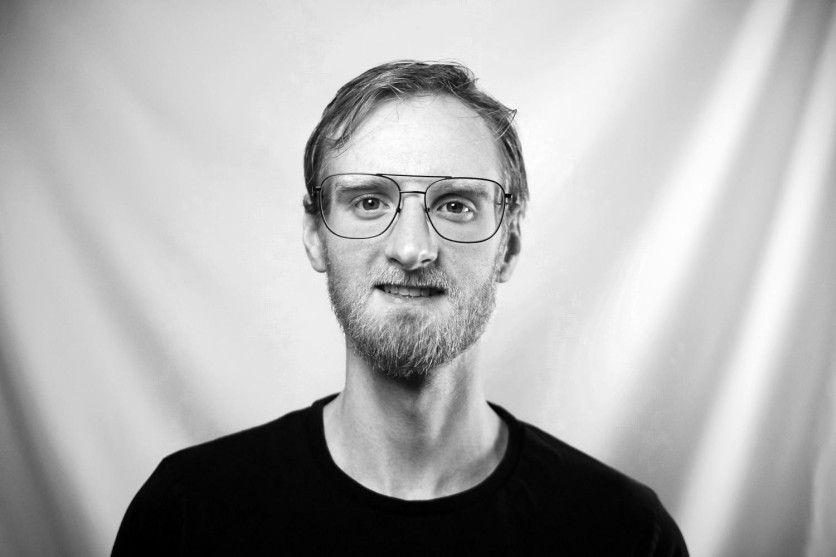
Even before the rise of modern robotics, humans were obsessed with creating machines like themselves. It is natural for the industry to have a separate focus on humanoid robotics that resemble the human body and mimic human motion and interaction.
These robots require advanced control systems to manage their performance in movement or visual identification, especially in environments requiring human-like interaction.
An Introduction to Clone
Clone Robotics is a humanoid robotics startup based in Poland working toward the development of soft, musculoskeletal, and superintelligent androids. Their goal is to create a machine that has more applications in human scenarios, differentiating these robots from traditional metal and gear-based constructions.
Many of these traditional and emerging machines cannot integrate with Machine Learning (ML) and Artificial Intelligence (AI) technologies, which will be vital for building complex control systems that can handle real-time feedback and proportional muscle actuation.
Maciej's Career and Technical Experience Before Clone
Maciej Bakowicz is a research engineer who began his career at Nokia during his last year of college in 2017, first as part of a team project at his university and then as a part-time employee. In this role, he primarily focused on end-client, internal-use applications for Base Transceiver Station (BTS) statistics and configuration interfaces.
He worked as a software development specialist for the next three years before becoming a technical leader and entering a more organizational role involving the supervision of other engineers and architecture planning.
Starting at Clone
Maciej quickly built on his experience with BTS statistics and configuration interfaces by learning to integrate ML and embedded systems into control architecture. With unwavering dedication and a strong desire to pursue knowledge, Maciej positioned himself as a key figure in developing humanoid robots in his new role at Clone.
"[I] started as a high-level control engineer," Maciej explains, "but quickly jumped into other roles covering multiple high-level subjects such as simulation, machine learning, GUI applications, higher-order hardware integrations with low-level and embedded layers of the Clone system along with the components research and architecture decision making."
New Innovation in Humanoid Robotics
As a research engineer at Clone, Maciej is most proud of his leading role in developing a high-level software controller for the company's human-like Android project. His work was pivotal in the recent development of a naive teleoperation system, enabling users to control a robotic hand using proportional muscle actuation without needing feedback from the robot. This is crucial for showcasing the machine's capabilities to an audience.
"My role involved integrating the actuation controller, setting up mocap glove integration, and writing the software that enables cross-platform operation. Beyond this, I continue to work on improving the system's performance and stability, enhancing the overall responsiveness and speed of the robot... This project is not just a technical achievement, but it aligns with my vision of how robotics can impact people's lives in the future."
Leadership, Mentorship, and Problem-Solving
In addition to his professional achievements, Maciej leads workshops and mentors and oversees international teams at Clone's locations in Poland, China, and the United States. He teaches newcomers about the ins and outs of the company's projects and guides them through technical challenges. Many of his colleagues come to him for advice on programming and architecture issues.
He recently traveled to Clone's United States office to lead workshops and share technical knowledge, helping build bridges between teams and ensuring smooth operations. This time solidified his mentor role, helping others grow and improve their work.
"Through formal workshops, everyday problem-solving, and leading by example, I strive to create an environment that fosters learning, collaboration, and efficiency," Maciej explains.
Integrating AI and Improving Robotic Technologies
Maciej's efforts are bridging the gap between AI systems and humanoid robots, helping to build more adaptable and user-friendly robots. He is working to ensure the machine's performance, controllability, and smooth internal operations, laying the foundation for this technology to push the industry toward functional human-like robotics.
Maciej's development of the necessary advanced software controllers is pivotal in improving the robots' responsiveness and performance and enhancing their alignment with human interaction.
A Vision for What Comes Next
Looking forward, Maciej envisions a future where humanoid robots are a natural part of everyday life, like smartphones today. While the current iterations of humanoid robots may be perceived as "creepy" or "awkward," Maciej is pushing for robots that integrate themselves seamlessly and unobtrusively to benefit and simplify human life.
"In the future, I see myself continuing to work in robotics, likely in a more technical and architectural capacity," Maciej concludes. "One of my goals is to create robots that are not only highly functional but also visually appealing and practical, ensuring that performance, controllability, and design work harmoniously."
ⓒ 2025 TECHTIMES.com All rights reserved. Do not reproduce without permission.




